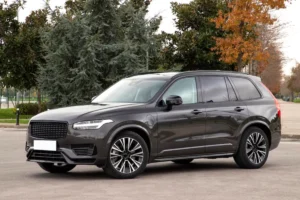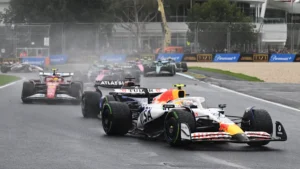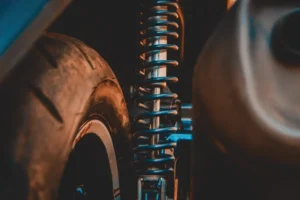The Automobiles Blog

The Revival of Retro Car Designs in Modern Automobiles
The curves on a 1960s Jaguar E-Type are irresistibly sexy. So are the angular lines of an 80s Land Rover Defender. These beloved designs, long praised by car aficionados, have entered a new halcyon age in the modern car world. There is a powerful resurgence of retro car designs — not just in our digital world. Their charm and uniqueness attract people. These classic looks pop against modern, slick designs. But what is behind this nostalgia in reverse?
The revival of classic cars isn’t all aesthetics. It’s fueled by defunct consumer nostalgia, brand heritage, and audacious marketing. All of these factors contribute to the resurgence of classic cars. This blog will explore why vintage car models have become so popular in the 2020s. It considers cultural, technological, and psychological factors. We’ll also look at what this trend means for the future of car design.
The Allure of Retro Cars: More Than Just Looks
Emotional Nostalgia and Cultural Identity
Seeing a car that mirrors a 1970s model can evoke powerful memories. Whether it’s childhood road trips, family heirlooms, or film icons like the DeLorean from Back to the Future, retro cars stir emotion.
- Psychological appeal: Research shows that nostalgia boosts mood and self-esteem. Brands use this to their advantage by bringing back vintage-style vehicles.
- Cultural resonance: Cars like the VW Beetle and Mini Cooper are tied to particular cultural eras. They help drivers connect with a shared heritage.
Aesthetic Distinction in a Sea of Sameness
Modern vehicles are advanced, but they often look similar. This happens because they share platforms and safety standards. Retro designs stand out, offering:
- Unique styling with bold lines or chrome detailing
- A refreshing alternative to the “samey” look of many SUVs and sedans

Classic Car Revival in the Modern Market
Reimagined Icons on the Road
Several carmakers have capitalised on their legacy designs with tremendous success:
- Ford Mustang Mach-E: Blends Mustang heritage with electric innovation.
- Mini Cooper: Revamped under BMW, keeping the original spirit alive.
- Fiat 500: Retro styling with modern city-car sensibilities.
These models don’t merely imitate their predecessors; they reinterpret them for new generations.
Limited Editions and Collector Appeal
Manufacturers are also releasing limited-edition models to stoke demand from collectors and enthusiasts:
- Lancia’s HF Integrale Restomod
- Alfa Romeo Giulia GTA
- Land Rover Classic division builds
These vehicles blend nostalgia with exclusivity. They often have hand-built details and unique craftsmanship.
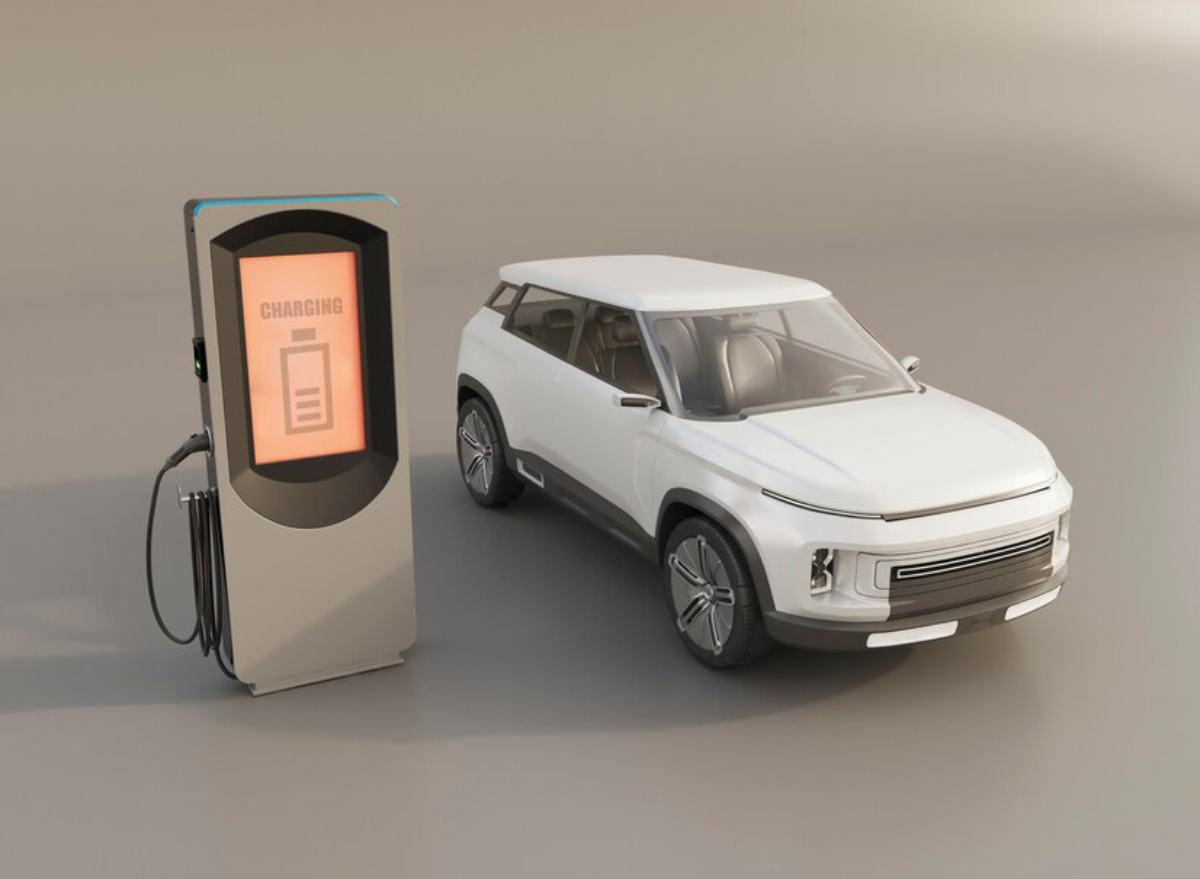
The Role of Technology in the Retro Resurgence
Modern Engineering Behind Vintage Aesthetics
While retro vehicles may look old-school, their guts are anything but. Many features:
- Advanced driver assistance systems (ADAS)
- Infotainment and connectivity packages
- Improved suspension and braking systems
- Efficient powertrains, including hybrids and EVs
This tech ensures that classic-looking cars are safe, efficient, and enjoyable.
Electric Vehicles Get a Vintage Makeover
The EV boom hasn’t left retro enthusiasts behind. A few notable examples include:
- Honda e: Compact, electric, and oozing 70s charm
- Volkswagen ID. Buzz: A futuristic nod to the original VW campervan
- Alpha Motor Corporation’s ACE Coupe: Retro style with zero emissions
These models prove you can have sustainable innovation without sacrificing visual character.
Why Retro Works: Consumer Psychology in Car Design
Trust and Familiarity
Consumers often associate familiar designs with reliability. That’s especially important in a high-stakes purchase like a car. A design rooted in history suggests:
- Long-standing quality
- Brand heritage
- Emotional security
This trust can tip the scales in favour retro-styled models over trend-driven new ones.
The Desire for Authenticity
In a hyper-digital world, tangible connections to the past feel more authentic. A car that looks like it could belong in a 1970s garage, even if built in 2025, offers a sense of realness. Key factors include:
- Visible craftsmanship
- Tactile materials
- Manual-feel controls (even if digitally simulated)
These all contribute to a sense of emotional satisfaction.
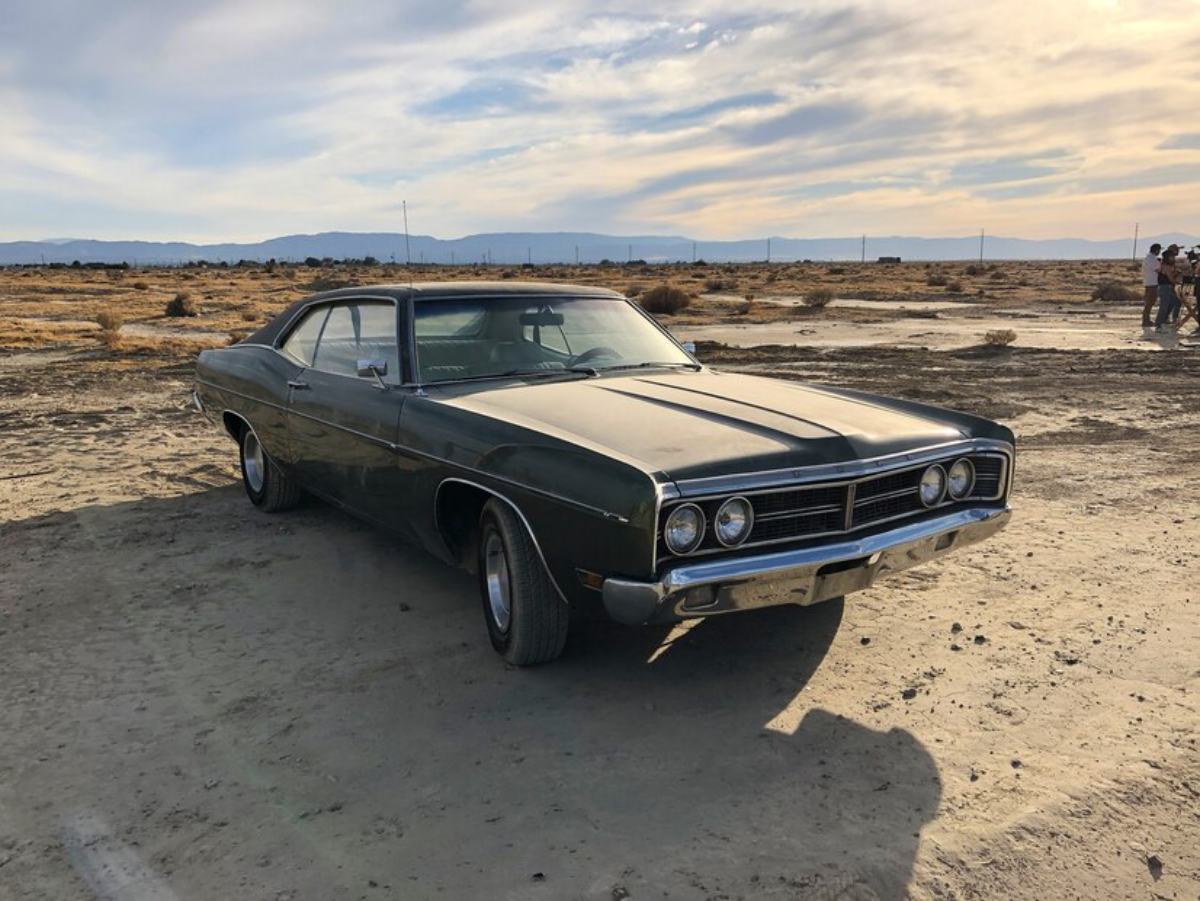
Real-World Examples of Retro Success
Case Study: MINI
- Relaunched in 2001 by BMW
- Maintains signature look: compact body, circular headlamps, floating roof
- Expanded into convertibles, club men, and electric variants
- Retains a loyal fanbase while attracting new drivers seeking personality oversize
Case Study: Ford Bronco
- The 2021 revival channelled the ruggedness of the original 1966 model
- Offered in both 2-door and 4-door with removable roof
- Built to challenge Jeep Wrangler in the off-road space
- Strong community buzz and media coverage since the launch
Case Study: Porsche 911
- Never out of production but has retained a consistent design language since 1964
- Each generation improves performance while maintaining an iconic silhouette.
- It is seen as the perfect blend of heritage and innovation
Design Challenges: Where Retro Meets Resistance
Balancing Form and Function
Retro styling doesn’t always align with modern safety regulations or aerodynamic needs. Designers must compromise by:
- Modifying proportions for crash safety
- Incorporating modern lighting elements
- Tweaking shapes to meet fuel efficiency standards
Market Limitations
Not every demographic is equally interested in retro designs. Younger drivers may prioritise tech and eco-credentials over aesthetic nostalgia. Therefore, it’s crucial for brands to:
- Offer retro as one of many design options
- Ensure the availability of modern features
- Price competitively to attract broader appeal
The Future of Vintage-Inspired Vehicles
The Role of Customisation
Retro models are ideal canvases as personalisation becomes a key trend in car buying. Car buyers increasingly want:
- Retro paint colours and interiors
- Badging and decals from classic models
- Modular features for modern upgrades
Brands are responding with more excellent customisation programs.
Sustainability and Electrification
The next era of vintage automotive trends will likely focus on sustainable retro:
- Converting classic models to electric power (EV resto-mods)
- Using recycled or eco-friendly interior materials
- Integrating smart tech in heritage shells
Start-ups like Lunaz and Everrati are already transforming old Land Rovers and Porsches into electric marvels.
Classic Cool, Reimagined for Today
Retro car designs transcend a mere passing trend. They draw on our collective memory, providing a familiar yet novel perspective on mobility. They combine modern engineering with an old-school appearance. This blend combines emotion and innovation, style and substance, heritage and contemporary.
Retro-styled cars allow us to have our past with modern tech. Be it a MINI snaking through city streets or a Ford Bronco blasting into the great outdoors, they both impart a nostalgic edge to contemporary motoring. Nostalgia is strong, and design lets us express ourselves. So, classic cars will keep thriving in showrooms and on winding roads.
Ready to explore a retro-inspired ride of your own? Try a new-age classic and see how yesterday’s charm blends with today’s drive.



